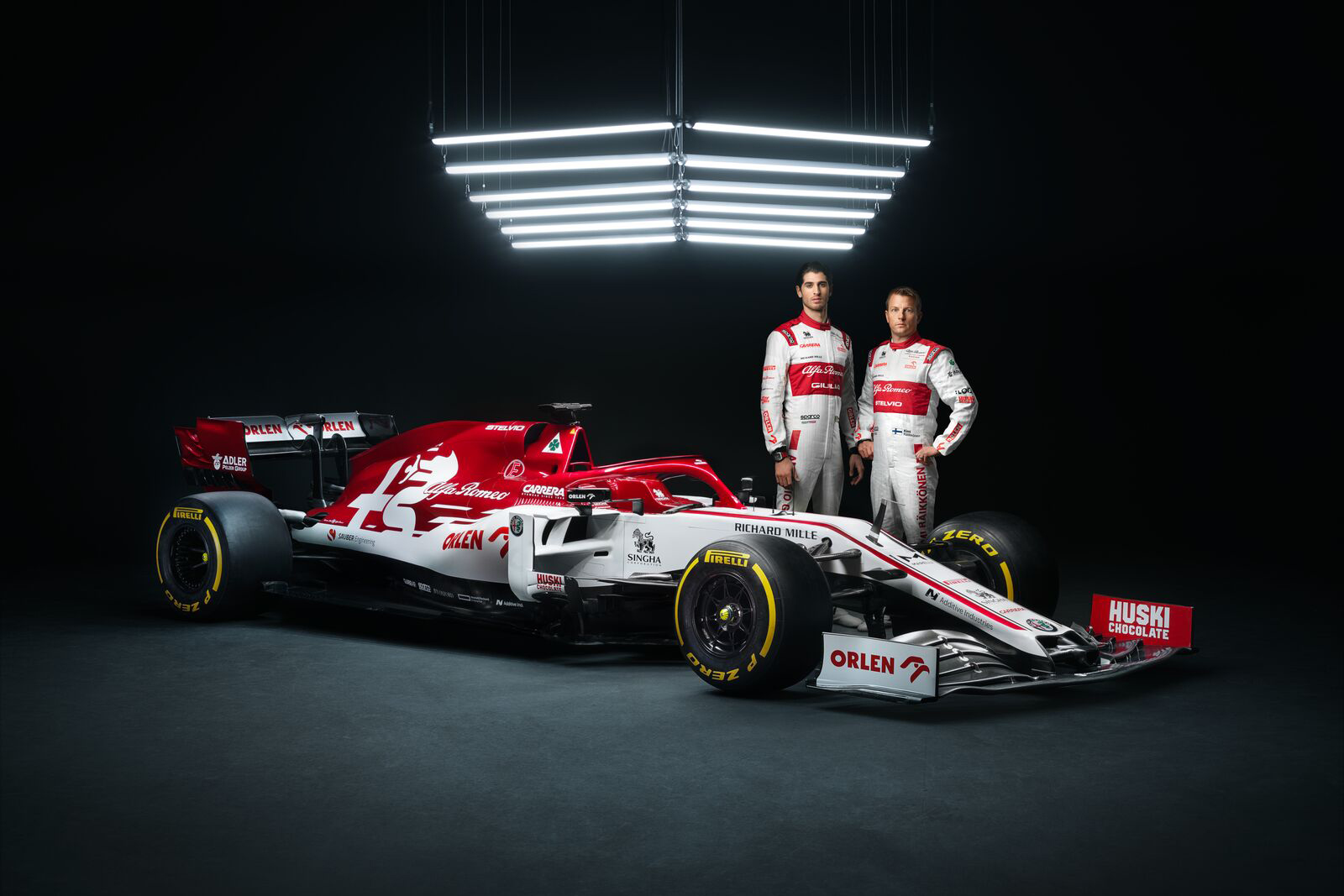Formula One World Champion
With the 158 and 159, Alfa dominated. An extra boost for Raikkonen and Giovinazzi
The first Formula One World Championship in 1950 was won by a car built in 1938. It seems far-fetched today, when the single-seaters change radically from one year to the next, but the magnificent work of Alfa Romeo with the creation of the 158 under the guidance of Enzo Ferrari, served as the basis for the development of the 159, only apparently identical. A car that allowed the “Biscione” to win its first two Formula One World Championships with Nino Farina and Juan Manuel Fangio behind the wheel.
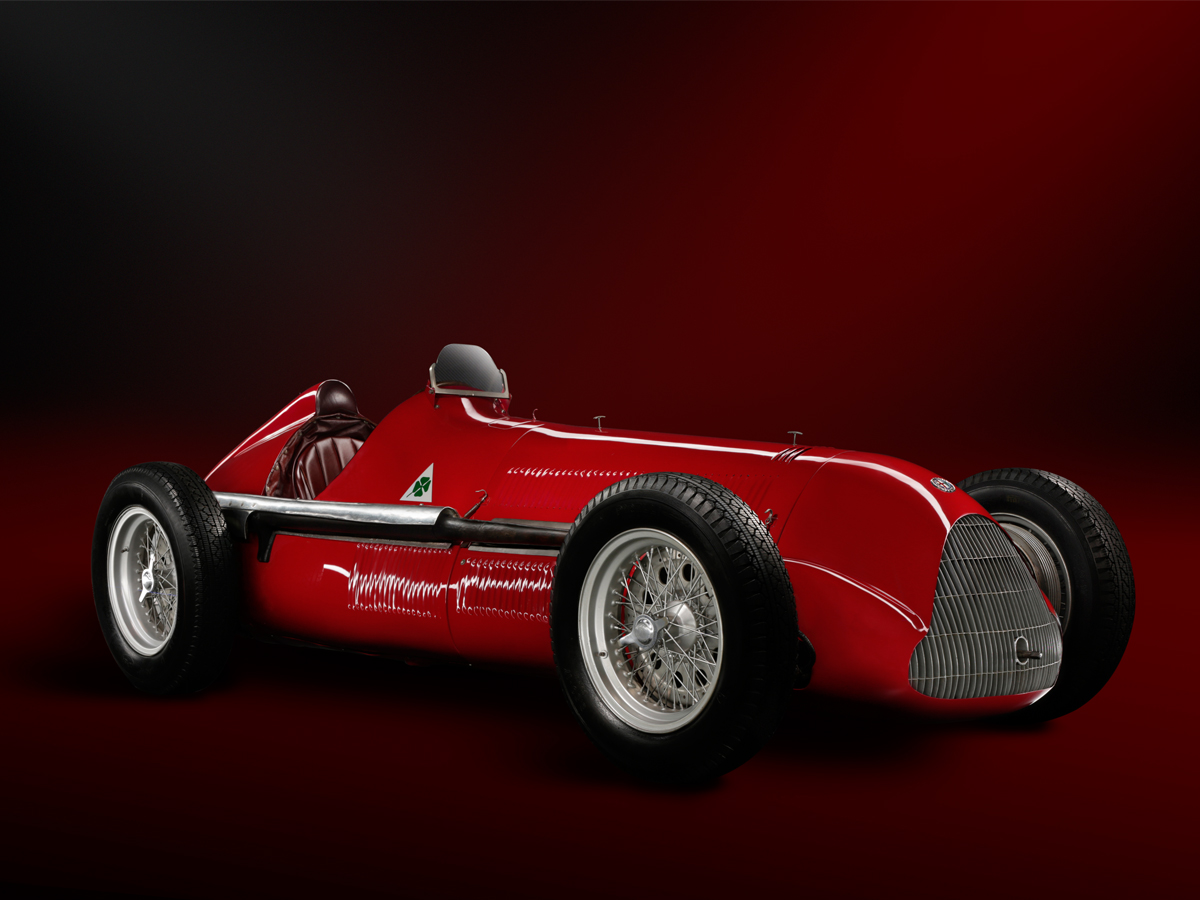
The 158 project, a name derived from the simple combination of engine capacity and the number of cylinders (1,500cc, 8 cylinders), was developed in 1937 following the introduction of the new regulations for single-seaters in 1938 that established a maximum displacement of 1.5 litres for supercharged cars and 4.5 litres for normally aspirated ones. Alfa Romeo saw the potential to build a more agile, higher performance car in the “Voiturette” class than the pre-war Grand Prix cars and entrusted the construction of the 158 to Scuderia Ferrari in the Viale Trento and Trieste plants in Modena.
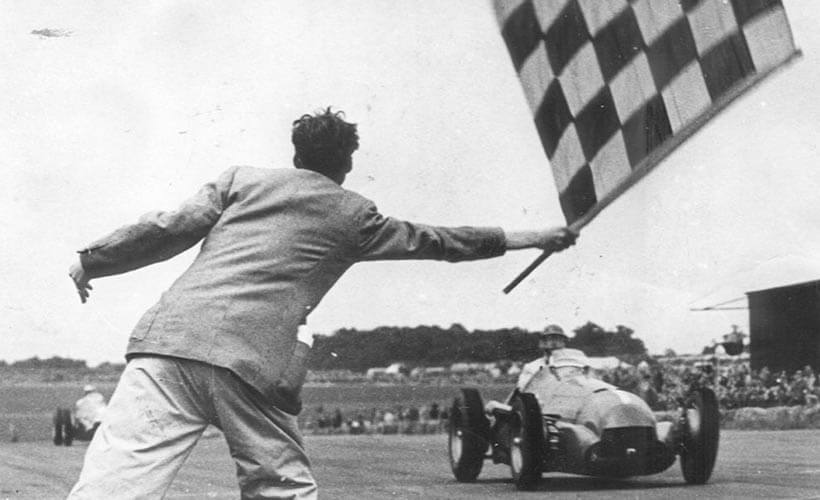
The soul behind the project was Gioachino Colombo who, with the 1,479cc twin-block 8-cylinder engine with Roots-type supercharger achieved the then extraordinary power of 195hp which, when combined with the lightness and compactness of the vehicle, made the Alfetta – so called because of its diminutive size – instantly competitive. Two years of great battles followed with Mercedes, including a number of great successes, starting with the debut at the 1938 Coppa Ciano with a one-two victory by Villoresi and Biondetti all the way up to victory at the 1940 Tripoli GP, the last race before the outbreak of the war that stopped all sporting activity. The cars were saved from destruction from the war in the most incredible way: they were taken to Valganna in the province of Varese and hidden under a fake pile of wood, an authentic garage of wonders, sheltered from raids and bombardments.
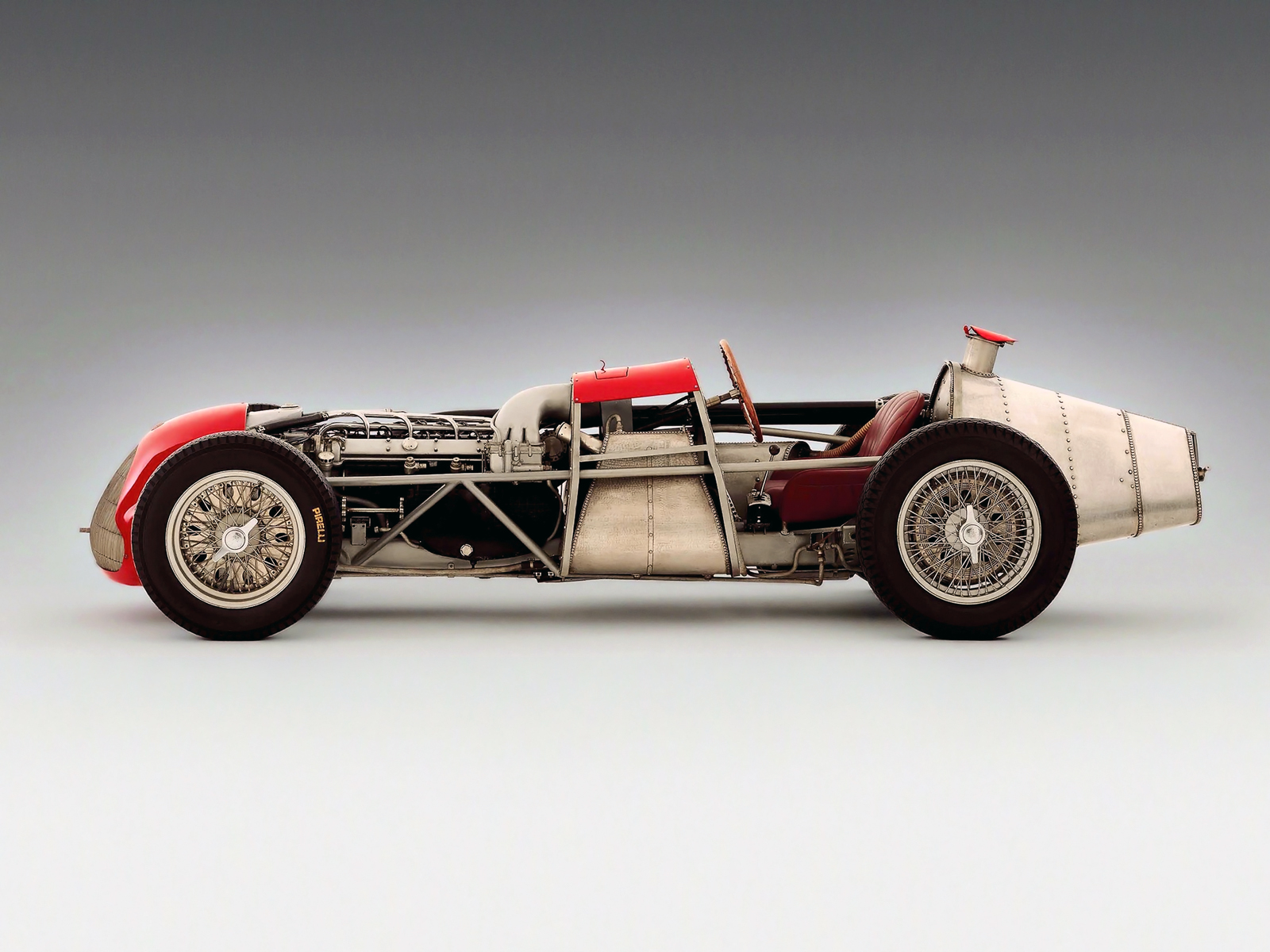
In 1946, at the end of the conflict, the cars, all surprisingly spared from the conflict, were further developed by adopting a two-stage compressor that increased power to 275hp and gave it a top speed of 270 km/h. Despite a laborious recovery of the races, the 158 maintained an overwhelming superiority, ideal in preparation for the 1950 season, when the first Formula 1 World Championship was to be held.
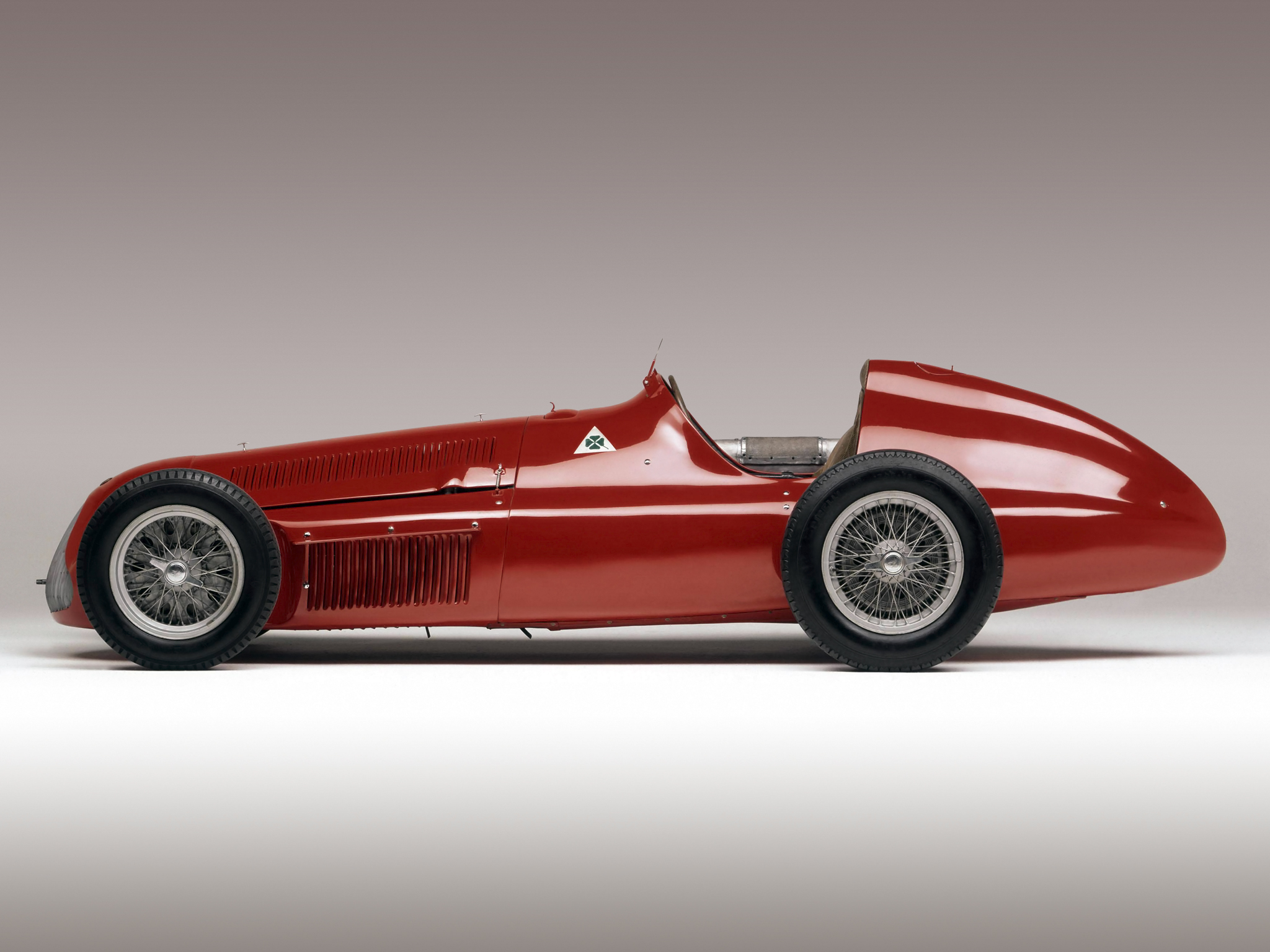
In 1950 the 158 declared a power output of 340hp with a top speed approaching the 300 km/h barrier and it was registered for the World Championship. Entrusted to Nino Farina, Juan Manuel Fangio and Luigi Fagioli the 158 won 6 of the 7 Grand Prix races of the championship and took home the title with Farina, a member of the family of the famous coachbuilder, Pinin. At the end of 1950, the single seater was further developed, proving its great potential, and received a name change, becoming the 159. The increase in power forced the technical staff of Gioachino Colombo and Orazio Satta Puliga to redesign the transmission, brakes and rear suspension, with the adoption of the De Dion transaxle instead of the traditional the old swing axle, making the car much more manageable and resolving once and for all the road handling problems of the 158.
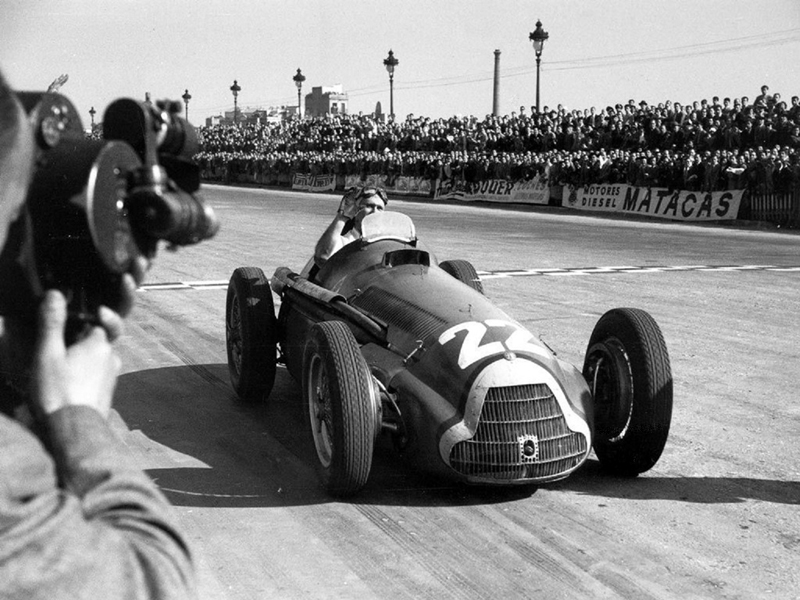
Juan Manuel Fangio won the 1951 World Championship ahead of Ascari’s Ferrari 375. The change of regulations introduced in 1952 allowed Alfa, largely satisfied with its two successes, to leave the races to focus on relaunching series-production cars. The 159 is therefore the very last from the “Biscione” that won in F1. Today the onus of the return lies fairly on the shoulders of Raikkonen and Giovinazzi.
